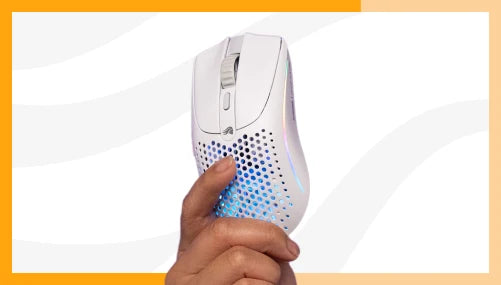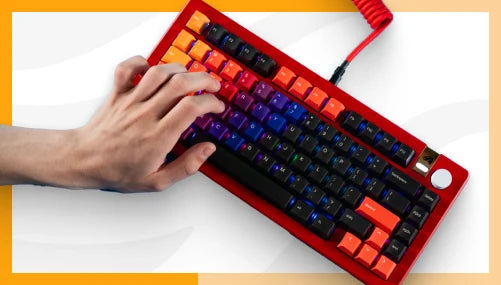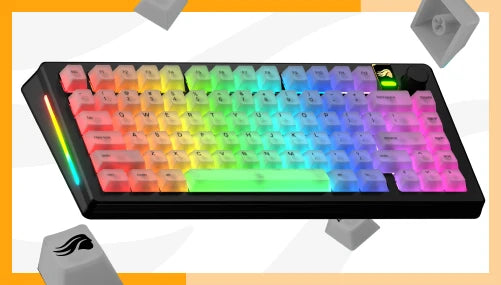Keyboard enthusiasts love to optimize their board's sound; from using lubed switches to clipping stabilizers, there are always innovative ways to improve one's typing experience.
Keyboard cases tend to have some leftover space even after installing the PCB, plate, and switches. For metal cases, this can lead to resonance bouncing around inside the case.
The Benefits of Keyboard Foam
This resonance can produce an unappealing hollow sound that becomes apparent when typing. So, keyboard foam reduces the space in the board and reduces this unwanted hollow sound.
Foam mitigates unwanted case ping, which is the high-pitched reverberation caused by typing in a stock metal case. Additionally, the keyboard sounds notably deeper and fuller overall.
Plate Foam
To further reduce ping, case foam, placed at the bottom of the keyboard, can be paired with plate foam. Plate foam further reduces the potential for unwanted reverberation inside the keyboard.
Plate foam can come at the cost of PCB flexibility, which some users prefer. So, we suggest experimenting to find the best combination.



